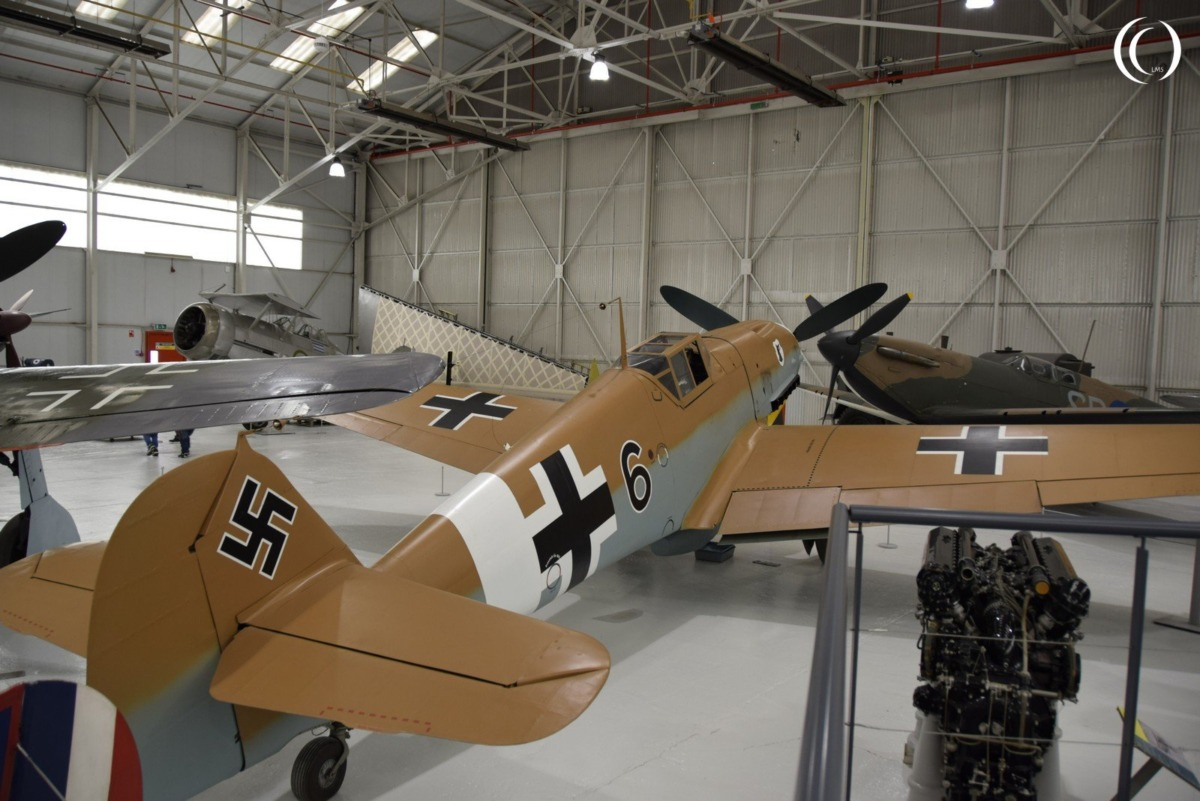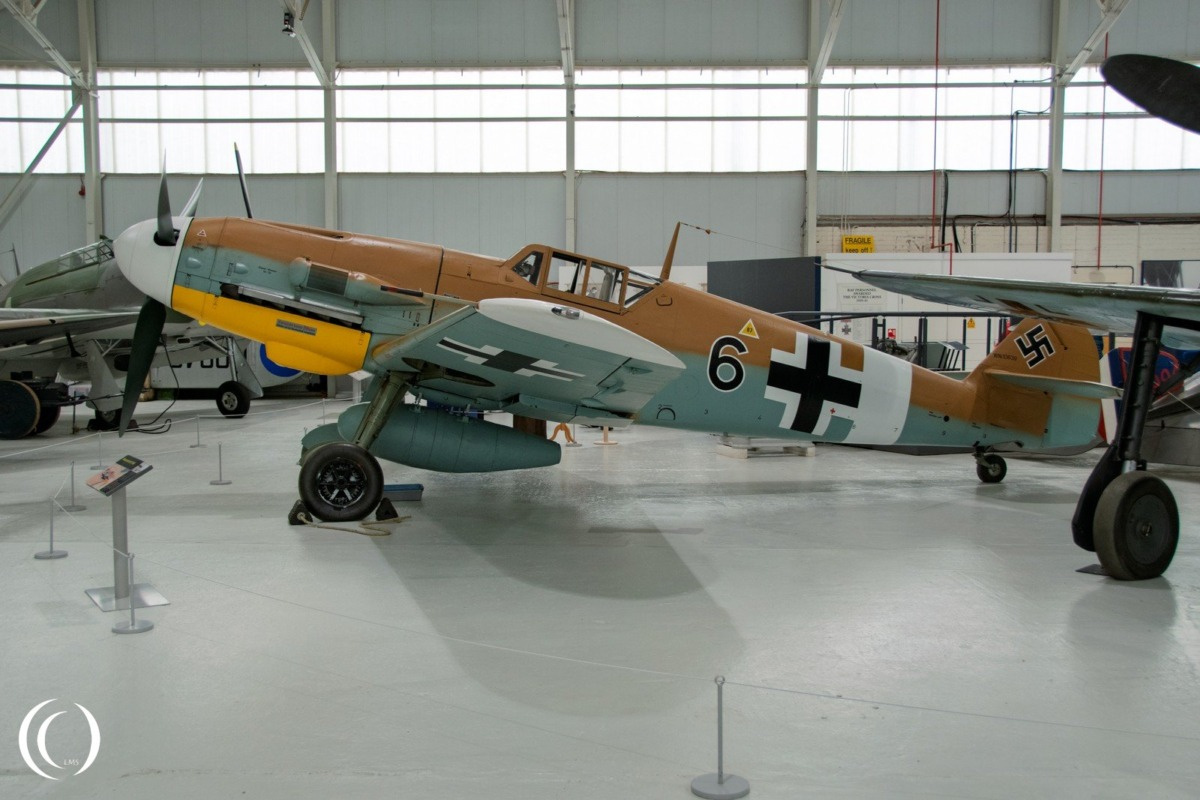
History
This Messerschmitt Bf 109 G-2/Trop (Tropical) was built in September 1942 in Leipzig, Germany. While still on the production line, the aircraft was changed from a Bf 109 F-3 to a Bf 109 G-2/TROP. This designation stands for modifications that made operations in warm climates possible. A total of 34,000 Bf 109s were produced in various factories.
This version has, among other things, a filter in the air intake and a provision for an umbrella above the cockpit when it is warm. There was also a separate survival kit on board for crash landings in warm and inhospitable areas.


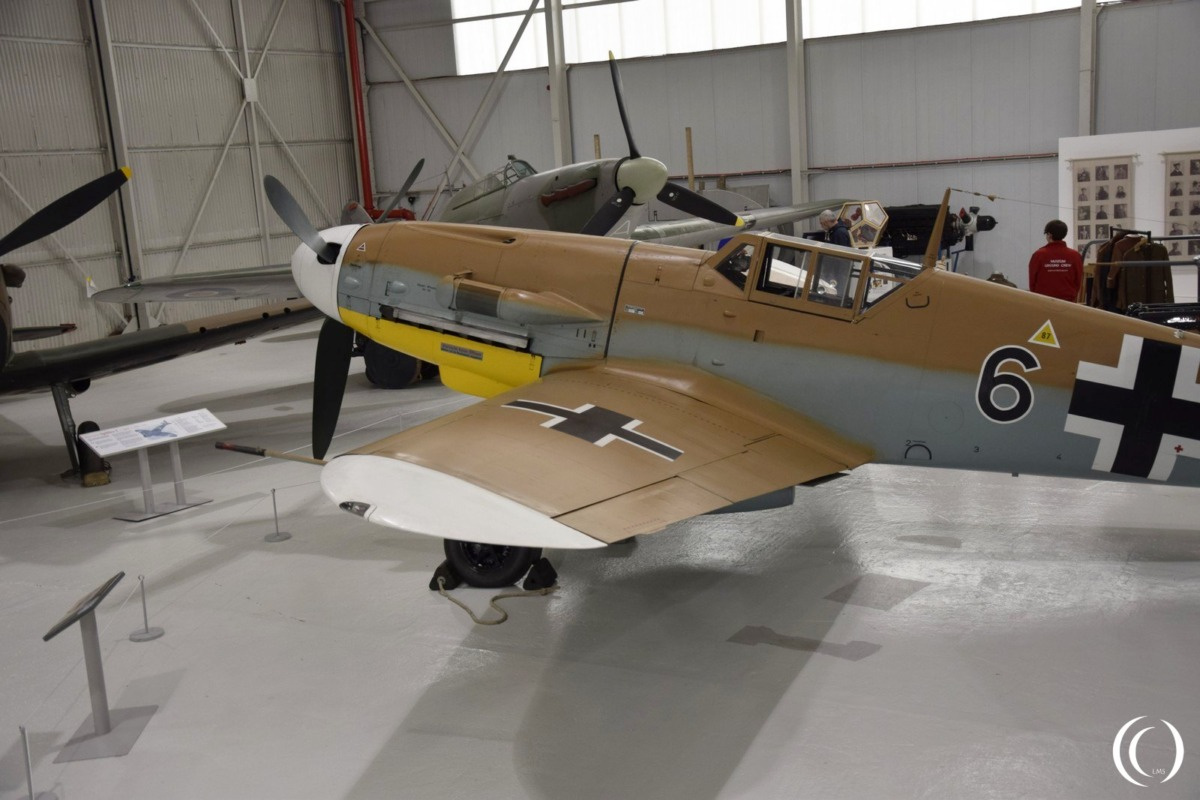
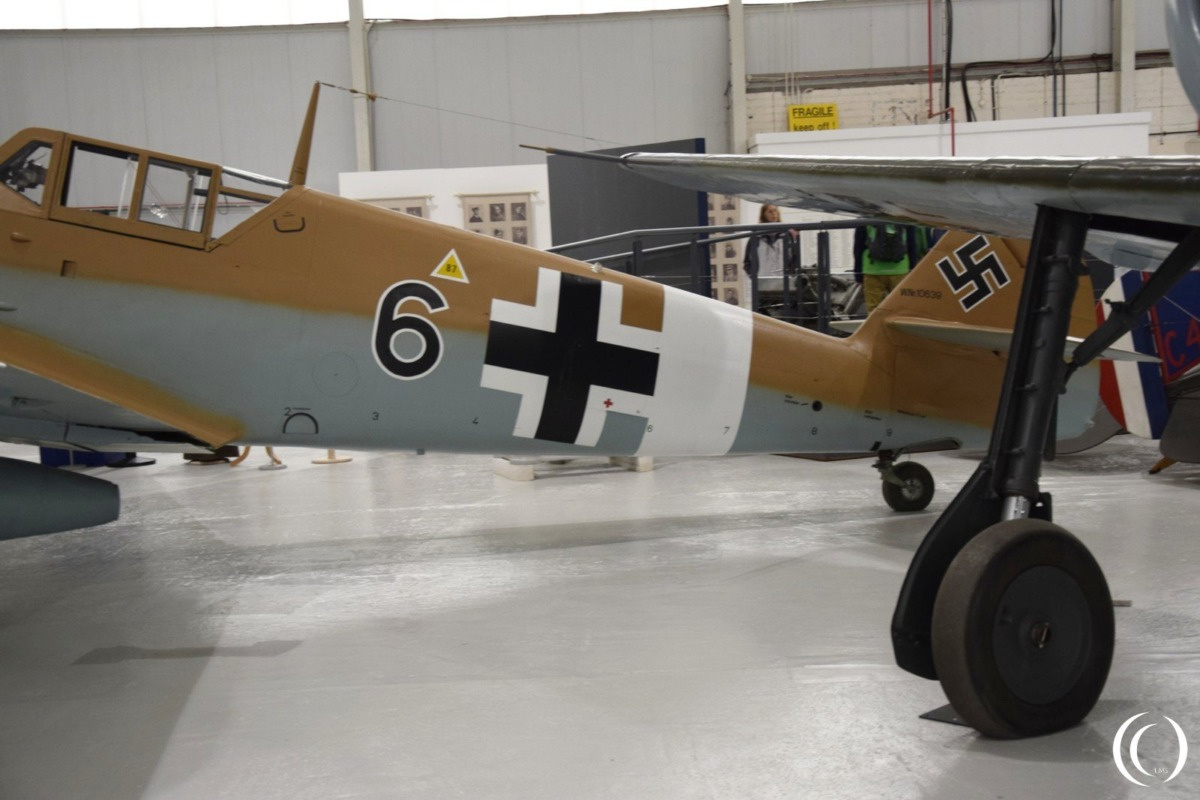
The aircraft was delivered to the Luftwaffe in early October 1942 and was registered with serial number PG+QJ. On October 21, it was assigned to III/JG 77 and the Black 6 markings were added. The Messerschmitt arrived in Libya via Italy and Greece and from there flew on to Egypt. From November 2, 1942, the aircraft fought on the German front with Jagdgeschwader 77 – JG 77, supporting the battles of the Deutsches Afrikakorps under the command of Field Marshal Erwin Rommel.


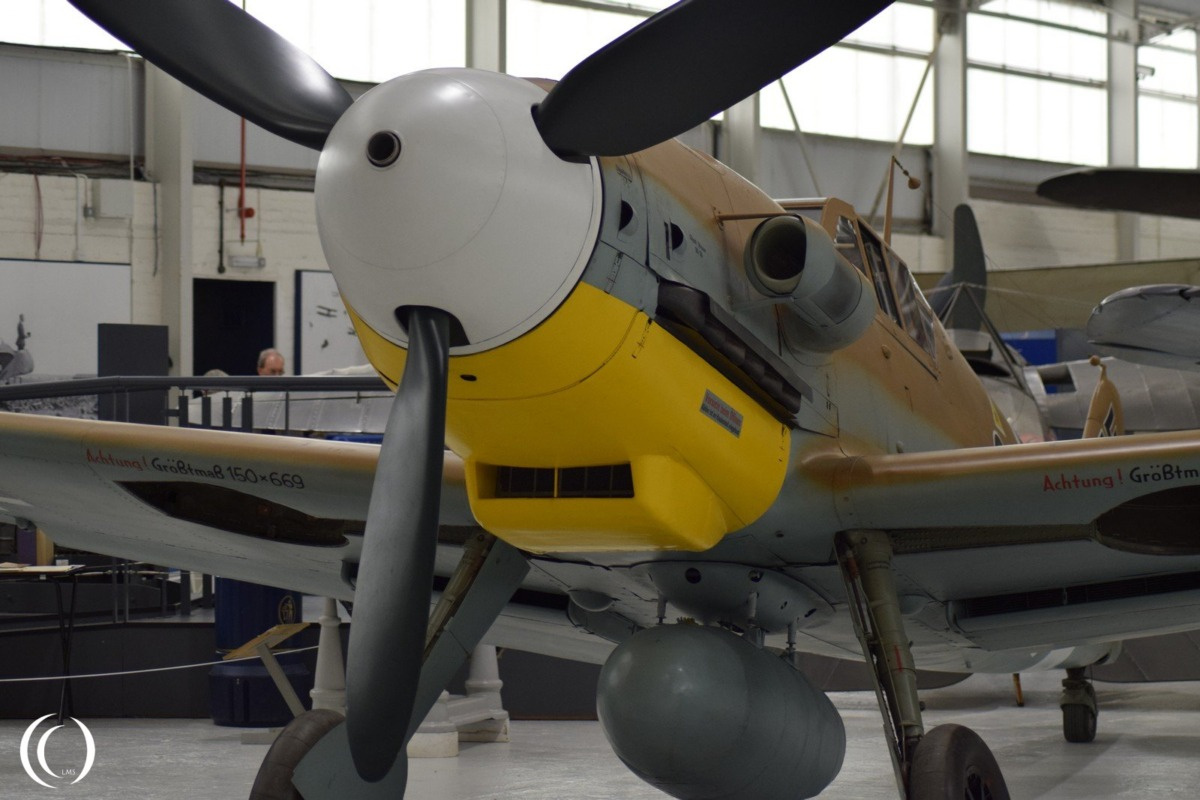

Combat history
As early as 4 November 1942, the aircraft was hit by an American P-40 Kittyhawk that was flying as an escort during an allied bombing raid. The Messerschmitt was then flown to Tobruk in Libya for repairs.
On 11 November, the Bf 109 was damaged due to enemy action and written off. The tailwheel, tail plane, canopy and a propeller blade were damaged. Abandoned due to the allied advance, it had only 10 hours of flight time by then. It was captured by Australian troops at a now abandoned German base Gambut Main in Libya. The aircraft was no longer complete. The armament had been removed by the Germans, several instruments were missing. Nevertheless, the Australians succeeded in making the aircraft airworthy by cannibalizing another Messerschmitt. Escorted by two English P-40 Kittyhawks, the aircraft was flown to Gazala Satellite II airfield, also in Libya. The aim was to eventually bring this aircraft to Australia.



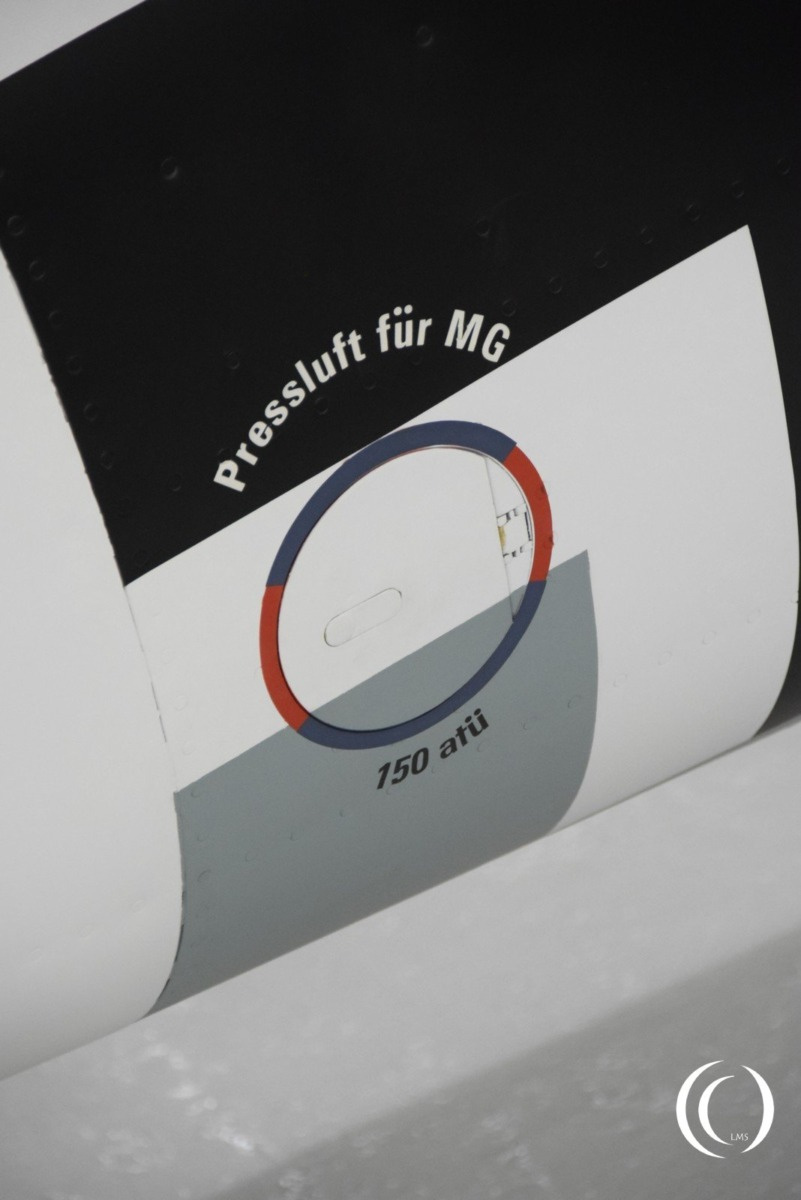

Early December orders came in that the aircraft had to go to the headquarters of the troops in the Middle East. This type, the Bf 109 G-2, was the first to fall into allied hands. They wanted to investigate this aircraft further. It was then flown to Cairo in December 1942.
In late 1942 and early 1943, the Messerschmitt was put to the test here. After that, the aircraft was shipped to England for further research. In the meantime, it had been given an English air force registration RN228.
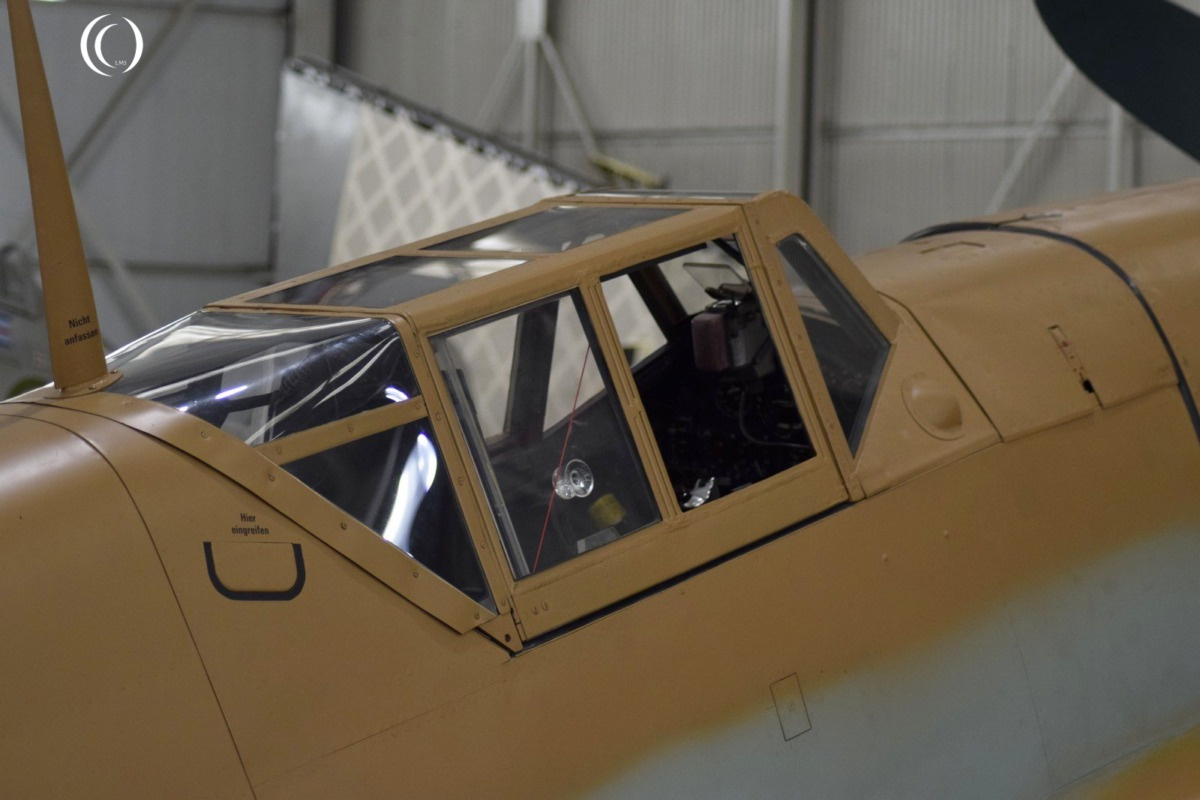

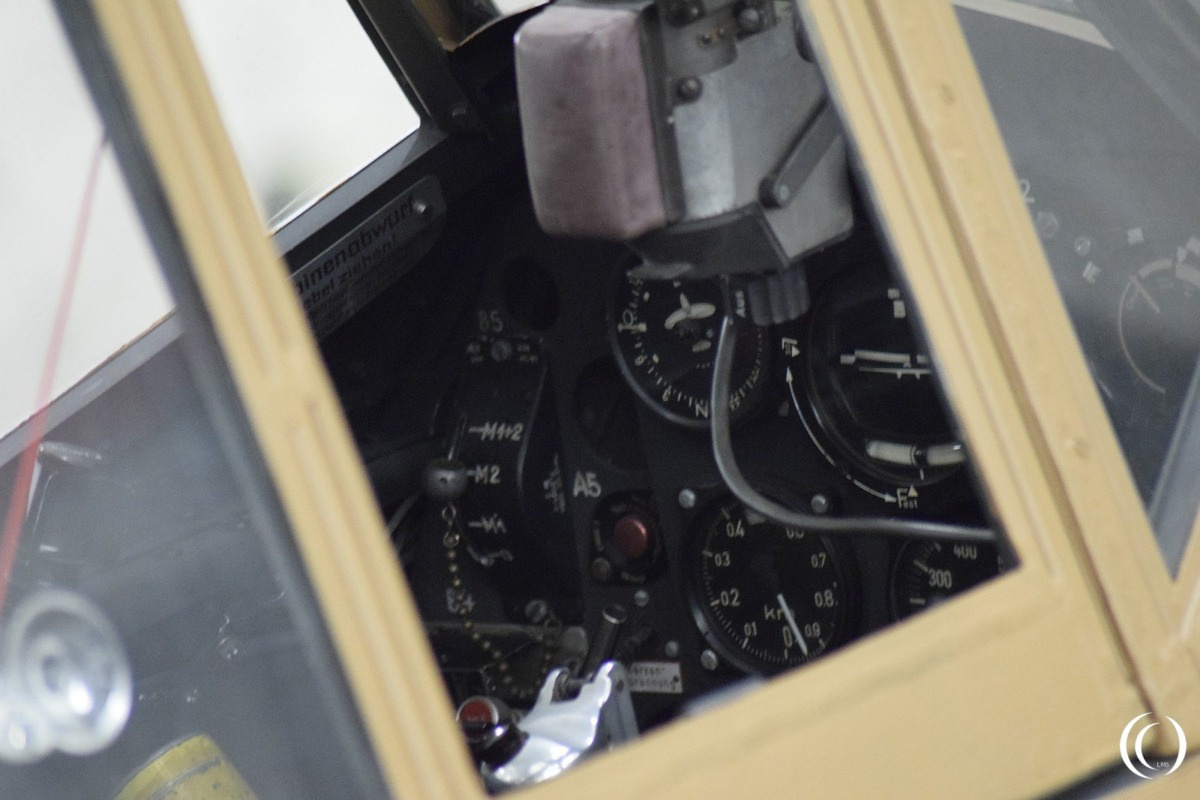
Messerschmitt Bf 109 G-2/Trop in captivity
That shipping did not go smoothly. The propeller was missing upon arrival and the aircraft had been damaged during transport in an unsuitable container. With the help of another, also captured, Bf 109 G-2, the aircraft was repaired again. Early 1944, the aircraft was provided with British colours and at that time it flew simulated dog fights against various types of allied fighter aircraft.
With the help of parts from Finland, Switzerland and collectors, this Messerschmitt flew again on 17 March 1991. The English registration G-USTV has now been assigned and the aircraft is dressed in the colours as it flew in North Africa in 1942. The registration is derived from the nickname “Gustav” that this G-variant of the Bf 109 was given.

Until 1997, the G-USTV flew at various events, on October 12, 1997, its last day of flying, the BF 109 crash-landed and was damaged. Fortunately, the pilot escaped unscathed.
After a 2-year restoration, it returned as a museum specimen and its original marking, the Black 6, returned.
BF 109 G-2/Trop, Black 6, has work number / construction number 10639.
